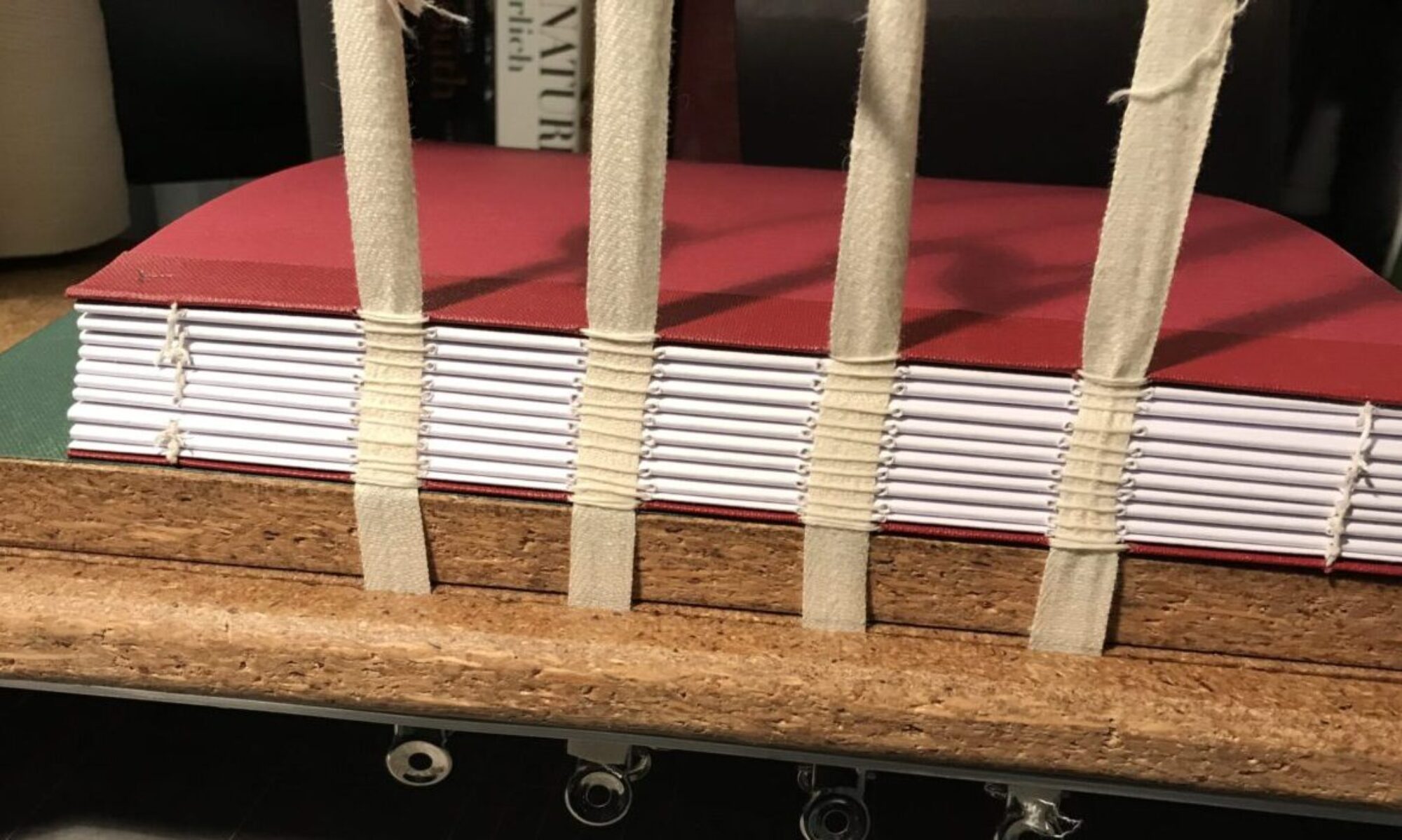From ‘Bendigo’s Backyard Birds‘
To some people, the idea that a person should spend long periods of time gazing at wild birds will seem a bit strange. Indeed, this is reflected in the name given to birdwatchers in the UK –‘twitchers’. The very name itself is a pejorative one, suggesting that people of this sort are a bit odd or ‘nerdy’, to say the least. Now, it is true that certain amongst the birdwatching fraternity take the matter a little too far, and the whole business becomes an exercise in ticking off a ‘wanted’ list in much the same manner as an avid stamp collector might go to great ends simply to acquire a rare stamp.
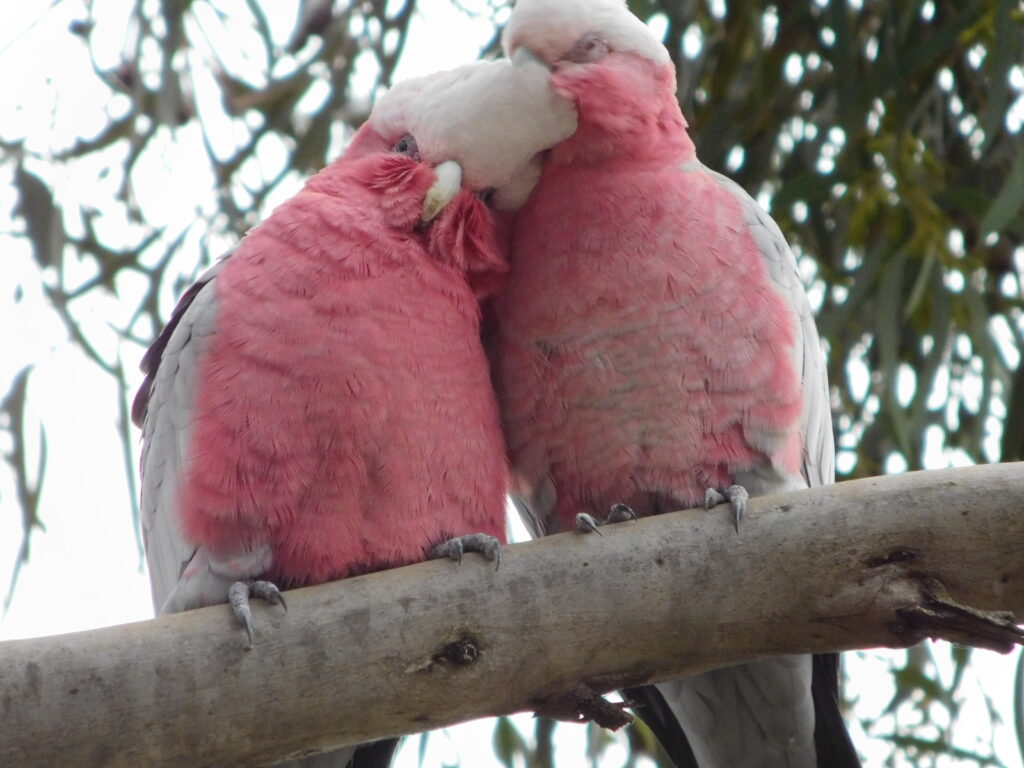
But for ordinary birdwatchers, the whole business has no sort of competitive bias whatsoever. It is simply a way of entering the world of nature and enjoying the spectacle. Nay, it is more. For most birdwatchers it is an exercise in the appreciation of beauty. But even the word ‘beauty’ fails to cover the whole situation. ‘Mystery’ might be a better word. For is it not true that we are continually astounded by the beauty of many avian species and their extraordinary lives and are at a loss to fully explain it? Of course, the more mechanistic amongst professional biologists will simply dismiss it as ‘survival strategy’ or a straightforward ploy to attract a mate. This, of course, takes for granted that birds will be attracted to the same bright colours, patterns or feather arrangements, and vocalisations as we are. But we have no warrant to automatically assume that this is so. Many decades ago, the noted American philosopher Thomas Nagel wrote a much-quoted paper entitled “What is it like to be a Bat?”. The short answer is ‘we can never know’. For this, we should be grateful. If it were the case that we could one day fully explain away the gaudy extravagance (to us) of the Rainbow Lorikeet, or the beautiful song of the Shrike Thrush, then our lives would become sadly depleted. No future Keats could pen his poem to the Nightingale or a future Shelley his encomium to the Skylark. All the world of nature would be reduced to brute fact. There would be no birdwatchers, only behaviourists. Some intangible thing would be lost, and we would be the poorer for it. Magpies would not carol in the mornings because they are happy to see the sun rise. It’s simply a vocalisation to reinforce territorial rights. And kookaburras would not signal the end of the day to all the other creatures by giving their last laugh just at that moment when dusk turns to darkness. They, again, are simply letting neighbouring kookaburras know who is in control of the local territory. Creatures in this dull world respond only to external stimuli, or hormones, under a strict system of genetic coding. They have no ‘self’. They are not beings like us, just entities.
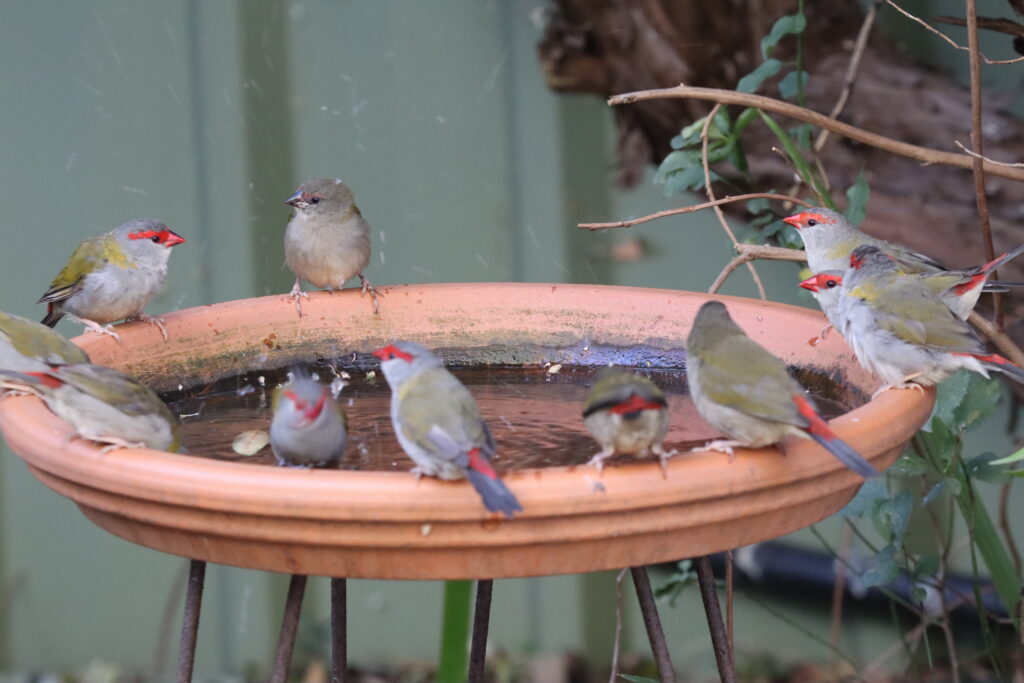
The ancient Greeks were well aware of this sense of mystery. Plato, who believed in the transmigration of souls, felt that the better humans would come back as birds because, for him, birds had the greatest amount of freedom, especially in the power of flight. And we can understand why these same Greeks had so many of their gods or other spiritual entities appear as birds. We need to think no further than our Sacred Kingfisher which once had the taxonomic name Halycon sancta (now Todiramphus sancta). Alcyone (Halycon) was the daughter of Aeolus (king of the winds) who found her husband, Ceyx, drowned and overcome with grief, cast herself into the sea where she drowned. The gods rewarded her devotion by turning her into a kingfisher, and Aeolus (or, perhaps, Zeus) forbade the winds to blow during the “Halcyon Days”, the seven days before and the seven after the winter solstice, when legend has it that the kingfisher lays its eggs. Ceyx was also transformed so as to fly with her. Would it surprise you to know that our Asure Kingfisher has the proper name Ceyx azureus?
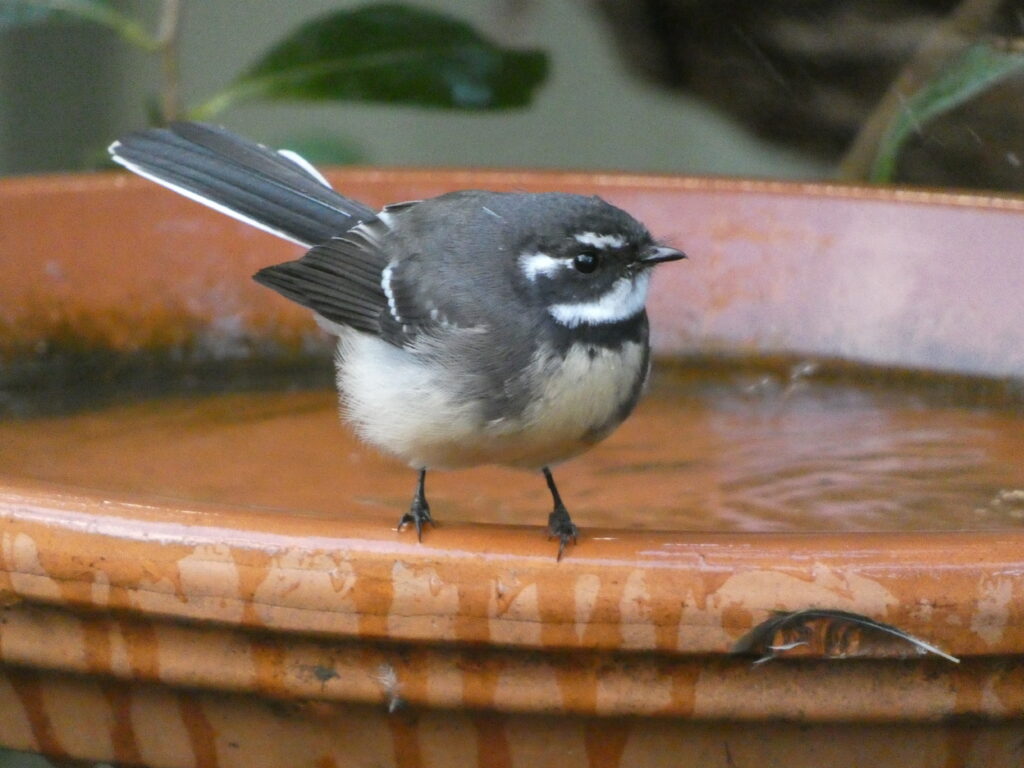
There is also the matter of a bird’s eye. Have you ever stared intently into the eye of a wild bird either at close quarters or through binoculars? It is a slightly unnerving experience. You experience something alien and truly ‘wild’ or ‘other’. Herman Melville (in a footnote to Moby Dick) gives us this account of first seeing an Albatross at close quarters:
I remember the first Albatross I ever saw. … I saw a regal, feathery thing of unspotted whiteness, and with a hooked, Roman bill sublime. … Through its inexpressible, strange eyes, methought I peeped to secrets which took hold of God. … I cannot tell, can only hint, the things that darted through me then.
But it would be wrong to suppose that birdwatchers are, therefore, simply sentimentalists. The truth of the matter is that amateur birdwatchers in Australia have probably contributed vastly more to our understanding of native birds than have professional scientists. We owe, to the dedicated amateur birdwatchers, most of our knowledge of bird distribution, migratory patterns, mating and breeding behaviour, and so on. All of this knowledge has been gained without monetary reward and very often at the expense of sitting for hours in an uncomfortable bird hide.
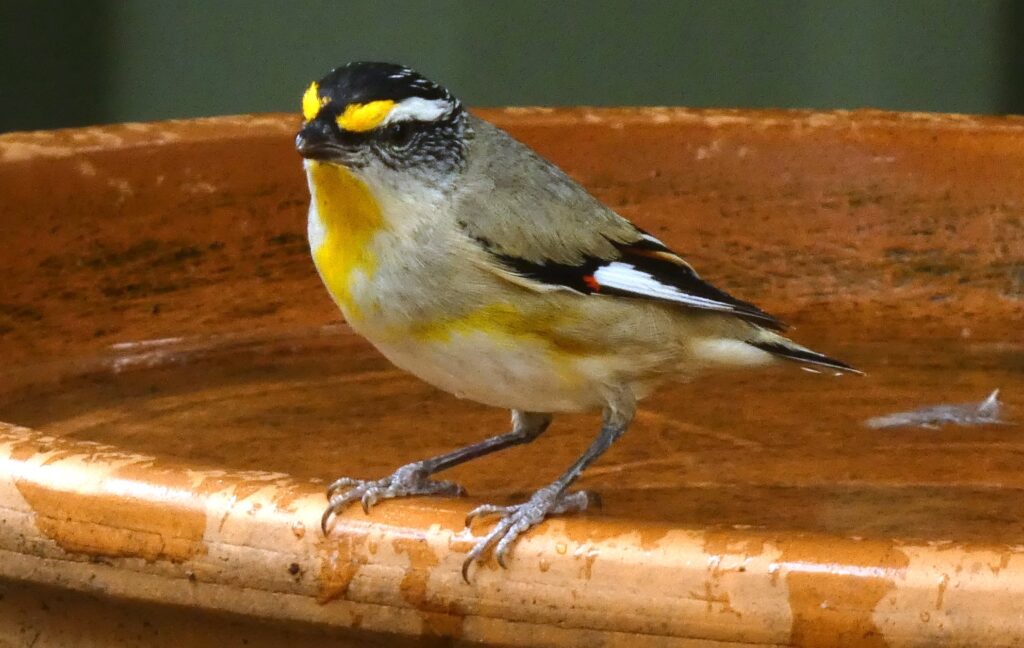
There is one final aspect of birdwatching worth mentioning. Unlike many other ‘outdoor’ activities, you can enjoy watching birds from the comfort of an armchair on your back veranda. With a little planning and foresight, a backyard garden of native trees and shrubs will attract a large range of local birds and requires minimal maintenance. Were it within our power, we would make it mandatory for all Aged Persons Homes to have a large garden of native trees and shrubs, and several birdbaths and nest boxes, the whole construction being so placed so as to allow residents to enjoy the spectacle of birds, butterflies and other denizens of nature. What better way to spend your declining years? And how do you know that William Blake was not right:
“How do you know but ev’ry Bird that cuts the airy way,
Is an immense world of delight, clos’d by your senses five?”
